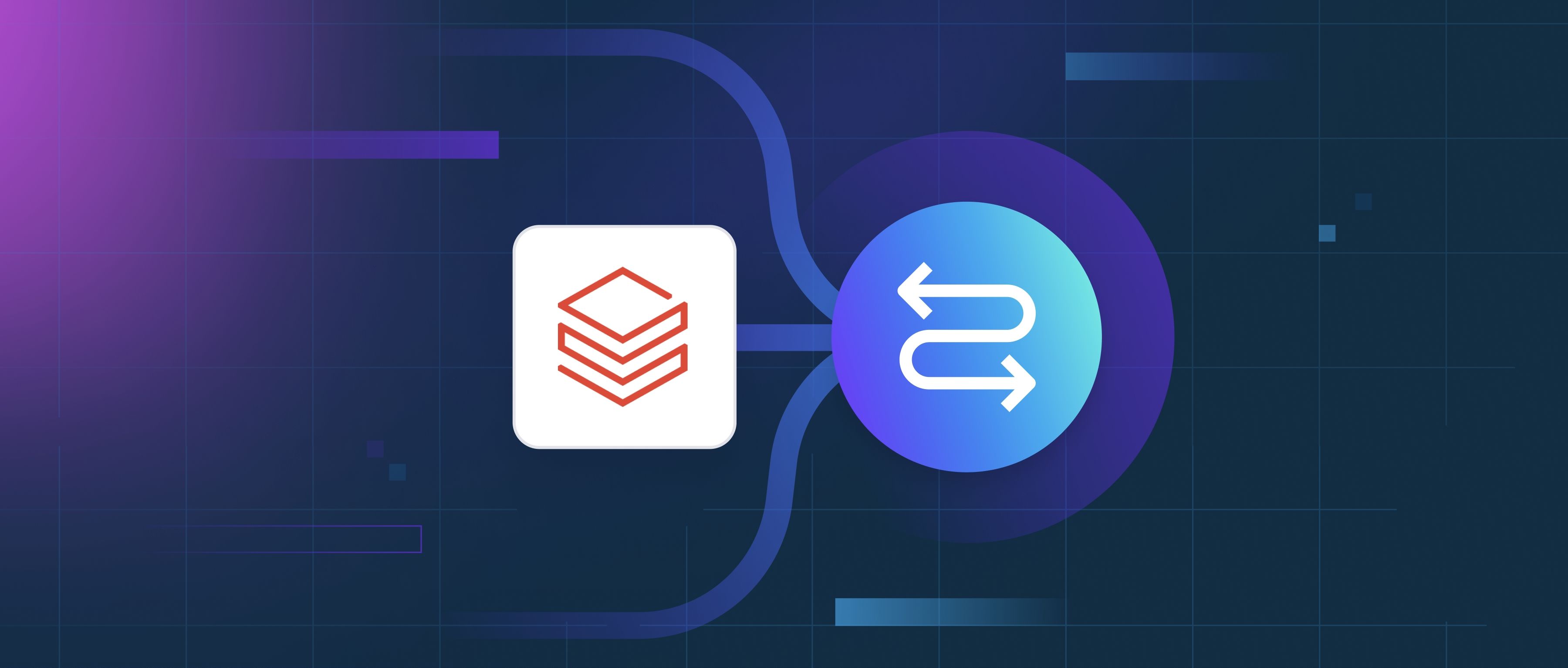Speech recognition systems adapt to user-specific speech patterns through a combination of acoustic modeling, language modeling, and personalized training. Acoustic modeling involves analyzing the unique characteristics of a user's voice, such as pitch, tone, and speed. By gathering speech data from users, the system builds a model that captures the nuances of their speech patterns. This allows the system to recognize the user's words and phrases with greater accuracy, particularly if they have unique accentuation or if they use specific jargon.
Language modeling also plays a critical role in this adaptation process. It involves understanding the context in which words are used and predicting what a user is likely to say next. For instance, if a user frequently discusses technology or medical terms, the language model can be updated to include these specialized terms more prominently. By tailoring the language model to fit the user's communication style and vocabulary, the system improves its ability to understand and anticipate the user’s commands or queries.
Moreover, many speech recognition systems incorporate user feedback to refine their performance further. For example, if a user continuously corrects the system's misinterpretations, those corrections can be logged and used to adjust the models over time. Additionally, some modern systems can learn adaptively in real time, changing their responses as they receive more input from the user. This ongoing process of learning ensures that the speech recognition system becomes increasingly effective and relevant to the individual user’s preferences and habits.
